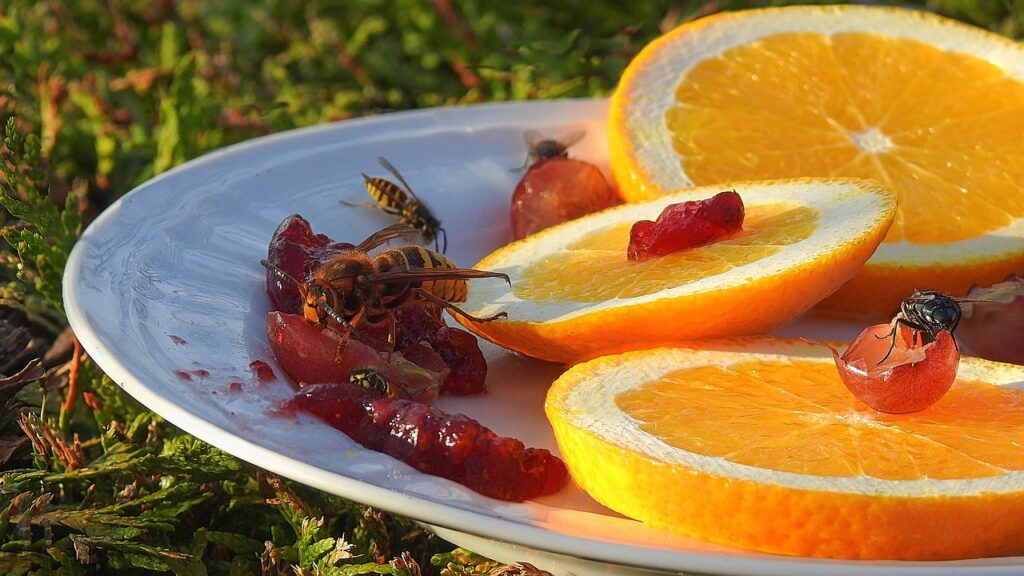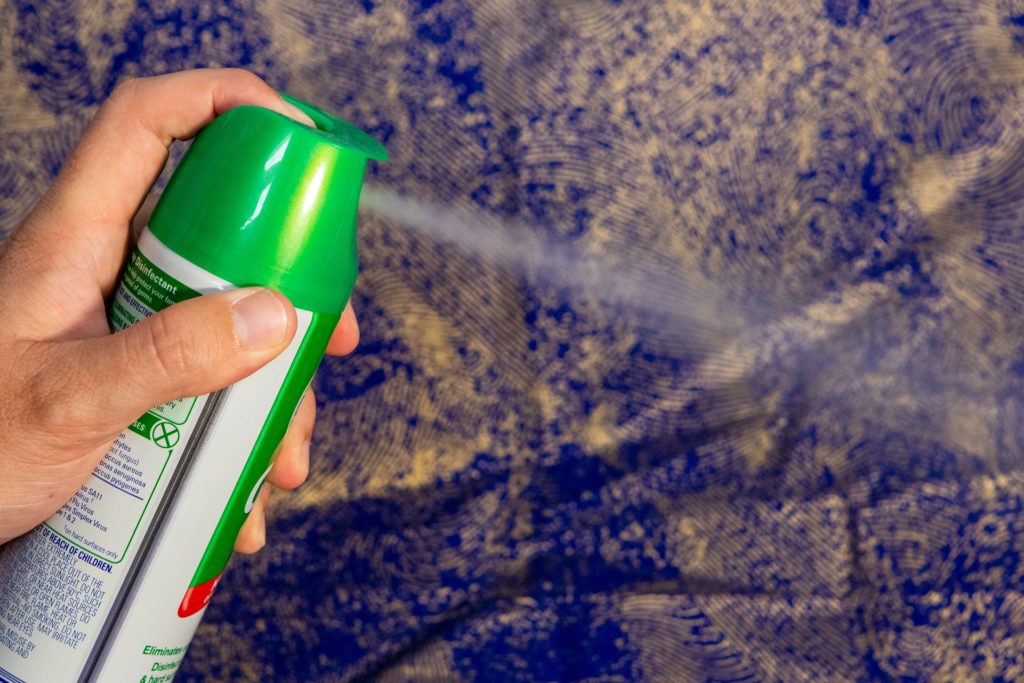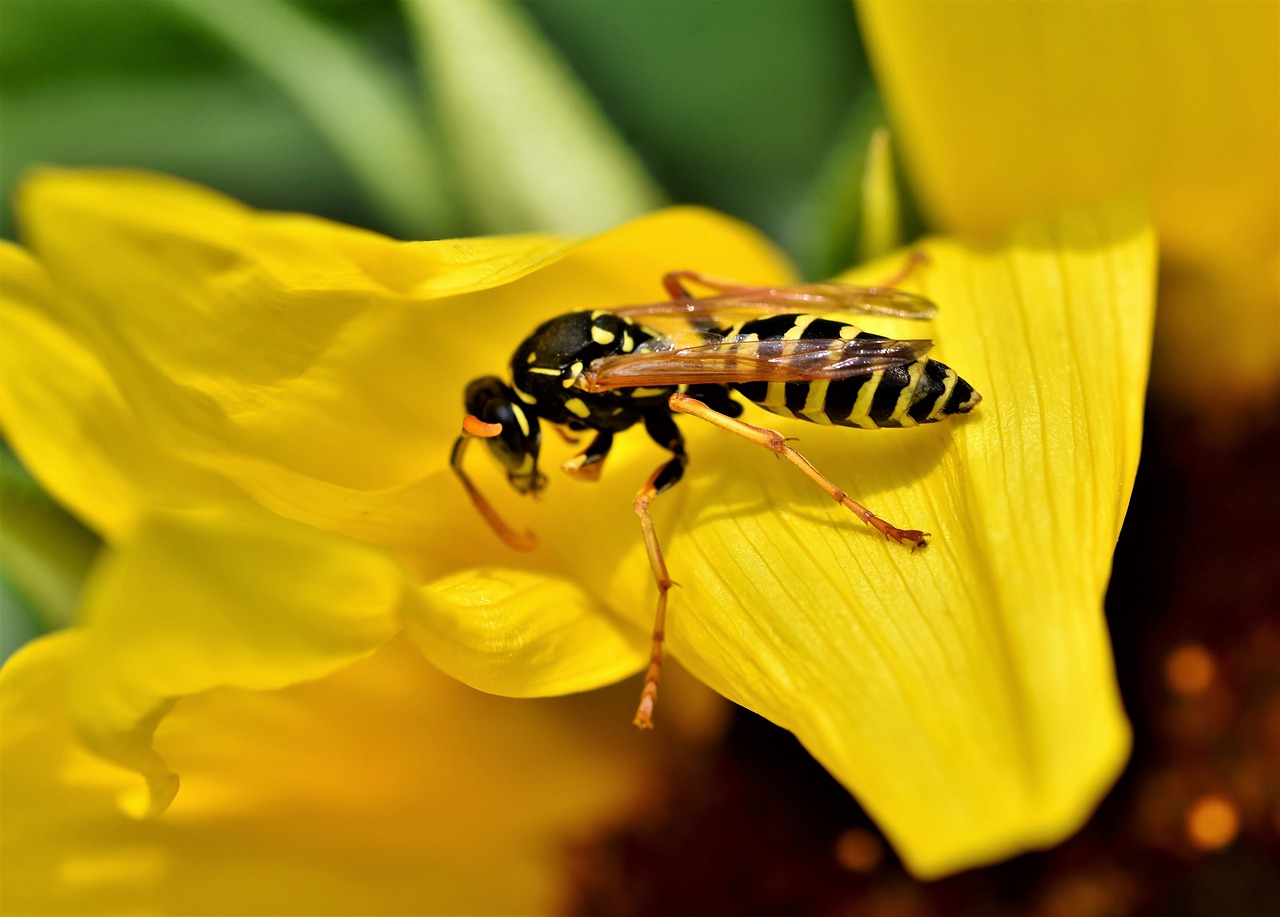Getting rid of wasps can be difficult, especially because wasps can be very aggressive. This puts you at risk of wasp stings and the potential dangers associated with them, like allergies. When you successfully get rid of wasps, you want them gone for good. Here are the most effective ways to keep wasps from coming back.
1. Get rid of the wasp nest
Keep wasps from coming back by removing the wasp nest they have left behind. You don’t want an empty wasp nest on your property. These stinging pests are territorial insects, so the presence of a wasp nest, whether empty or not, is a clear sign for them that the place is suitable for nesting. This can cause reinfestation.
Even if there is no reinfestation, there are still risks in leaving an empty wasp nest unchecked. There can be residual allergens in the wasp nest. Accidental exposure to these allergens can lead to allergies. There is also the risk of compromising your home’s structural integrity. Some wasp nests can be found inside the crucial parts of your home, such as the insides of your walls.
2. Removing food sources will keep wasps from coming back
Wasps are attracted to protein-rich and sugary foods. Of course, if these food items are easily available on your property, wasps are going to come back. Keep wasps from coming back by removing the food sources that are attracting them.
Focus on the exterior parts of your home first. Keep your garbage cans tightly closed. If you have bird feeders, dog bowls, and other animal feeding stations, secure them tightly, and don’t leave them open and unattended. If you have a garden, pick fallen, ripe, and rotting fruits.
For the interior parts of your home, put food items in cabinets, containers, and refrigerators where they can’t be easily accessed. And clean up crumbs, spills, and leftovers immediately after eating.

3. Sealing entry points will stop wasps from coming back
Unfortunately, wasps can nest inside your home. They can build their nest in doors, eaves, vents, and windows. Entry points give them access to your home, making it easier for them to build nests and go around your home doing wasp activities like looking for food.
Limit the mobility of wasps by sealing these passageways. The easy targets are your doors, vents, and windows. Keep them closed, or at least install screens to prevent pests from getting through. The more subtle targets are the gaps on the edges of doors and windows, cracks and holes in your walls, and the openings on your eaves and rooflines. Cover them with caulk, sealants, and weather strips.
4. Trim vegetation
Overgrown vegetation is problematic. It doesn’t just offer a potential nesting site for wasps, but also a reliable food source. Vegetation can house aphids, caterpillars, and other small animals that wasps can eat. It’s important to maintain your greeneries to make them less attractive to wasps.
If you don’t have a garden or a big yard to maintain, this is relatively simple. But if you have one, you may have to practice proper gardening and trimming techniques to prevent plant damage and stress.
5. Grow wasp-repelling plants
Some plants naturally repel wasps because of the compounds, oils, and scents that they produce. You can take advantage of their wasp-repelling properties by planting them outside your home, preferably at the edge of your property, so they can act like a natural barrier against wasps. You can also put them on pots around doors and windows.
Plants that are known to repel wasps include basil, citronella, eucalyptus, marigold, peppermint, and spearmint. But take note that growing these wasp-repelling plants is not a surefire way to keep wasps from coming back. It is just an additional thing you can do on the side to strengthen your wasp prevention plan.
6. Buy commercial wasp repellents
Commercial wasp repellents are better than natural repellents like plants. They are specifically created to repel wasps with synthetic ingredients like pyrethroids. These powerful ingredients don’t just repel the stinging pests. They actually kill them by attacking their nervous system.
Commercial wasp repellents come in many forms, but the most common among them are sprays. These are aerosols you can pump directly on wasp nests or around your property to prevent wasps from coming back. Other forms include candles, pouches, and traps.
When using commercial wasp repellents, make sure you are following instructions as provided by their manufacturers. The instructions will ensure not just the effectiveness of the products, but also their safety. After all, they contain chemicals that can be harmful to you as well, which can be particularly dangerous if you have children and pets.

7. Try wasp traps
Like commercial wasp repellents, wasp traps are great not just at preventing wasps from coming back, but also at killing off active wasp populations. Wasp traps act as a lure, diverting wasps from areas where you don’t want them and putting them in areas where they are likely to be killed.
There are commercially available wasp traps too, coming in different forms like bags, bottles, and funnels. This is the general idea of how they work — there is a specifically formulated wasp attractor inside of them, and the only way inside is a funnel-like gap where attracted wasps can enter but can’t escape.
You can also make DIY wasp traps by using fruit juice or sugary water as an attractor and a soda bottle as a container. But why bother making your own when there are ready-made traps available for purchase?
8. Call pest control professionals
Pest control professionals have access to professional-grade insecticides and equipment. These can be a lot stronger and more effective in getting rid of active wasp infestations and keeping wasps from coming back compared to commercial wasp repellents and traps that are readily available to the public.
Professionals also have the expertise and knowledge to develop a proper treatment and prevention plan. And this competency can help with your peace of mind too, as you become confident that wasps around your property will truly be controlled.
You can keep wasps from coming back
When you successfully get rid of wasp infestations, they can potentially come back because your property is just attractive for food hunting and nesting. Keep wasps from coming back by limiting access to food and shelter opportunities and making your property as hostile to wasps as possible.
You can do this with DIY methods like cleaning up your home, storing food properly, trimming vegetation, and using commercial products like wasp insecticides and traps. But you can also do this with a more professional approach — calling pest control professionals.

